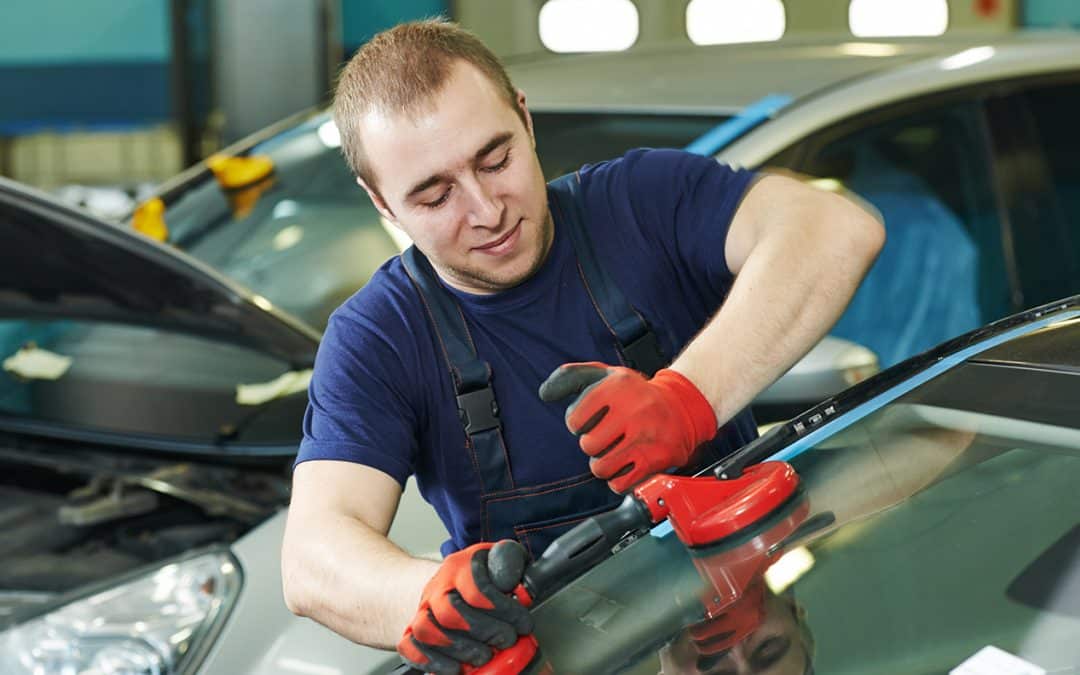Although not as common as hurricanes, every year about 1,200 tornadoes with wind speeds as high as 300 mph touch down in the United States, according to the Insurance Information Institute.
A tornado, as described by the National Weather Service or NWS, is “a violently rotating column of air extending from the base of a thunderstorm down to the ground.” During a tornado, trees can be uprooted and homes and other structures can be completely destroyed while being violently hurled through the air.
Tornadoes can happen any time of the year – day or night – but peak season for the southern Plains is from May into early June and slightly earlier in the spring for the Gulf Coast. For the northern plains and upper Midwest, peak tornado season is June or July. And even though tornadoes are not as common in Massachusetts and New England, tornadoes do indeed happen on occasion so it’s important to be vigilant no matter where you live.
What is the difference between a Tornado Watch and a Tornado Warning?
When severe weather is imminent, it’s best to tune into a local news station because meteorologists have been tracking the storm based on radar and information from the NWS. The NWS will issue different types of alerts to keep the public safe. The alerts include a Tornado Watch and a Tornado Warning. So what is the difference?
A Tornado Watch means that tornadoes are possible in and near the watch area. This area is typically large and covers numerous counties or even states.
A Tornado Warning means that a tornado has been sighted or indicated by weather radar. During this time, there is imminent danger to life and property and you need to take shelter immediately!
How do I prepare for a tornado?
There are a number of ways to prepare your family and home in case of a tornado. Among the tips from the NWS are:
Prepare Your Home
To prepare your home, you should pick a “safe room” such as a basement, storm cellar or interior room without windows on the lowest floor where your family can huddle during the weather event. This area should have first-aid supplies and other things you might need. Plans for reinforcing an interior room can be found on the Federal Emergency Management Agency website.
Create a Communications Plan
Once you decide on a safe place to meet, make sure every family member knows where this is and have practice drills to ensure everyone knows what to do in a potential emergency.
Be Weather-Ready
In order to check if you might be at risk for tornado watches or warnings – or any other type of severe weather event – check your local news forecast or follow the NWS on Facebook or Twitter.
Sign Up for Severe Weather Notifications
In addition to paying attention to local weather, it’s a good idea to subscribe to breaking news alerts for weather on your mobile devices.
What do I do if my home has been damaged?
Should you have the misfortune of going through a tornado and having to deal with the aftermath, the first thing to do, besides making sure your family is not hurt, is to assess your property damage. As you walk through the site, the NWS recommends you wear long pants, a long-sleeved shirt and sturdy shoes. You should always stay away from downed power lines and report any you see to local police or the power company. You should also never go inside any building that is severely damaged and that looks unstable.
Will my home be protected under my homeowner’s policy?
If you have standard homeowner’s policy with MAPFRE, your home will be mostly likely be covered by wind damage caused by tornadoes and severe weather. Add-on’s or floaters to your policy can also provide you with extra coverage for things like temporary housing and living expenses should your dwelling become uninhabitable due to storm damage.
Once you have assessed your damage, report your claim by calling MAPFRE directly on our 24-hour claim reporting line at 1-800-221-1605 or by contacting your Independent Agent. You can also start your claim process anytime online.



